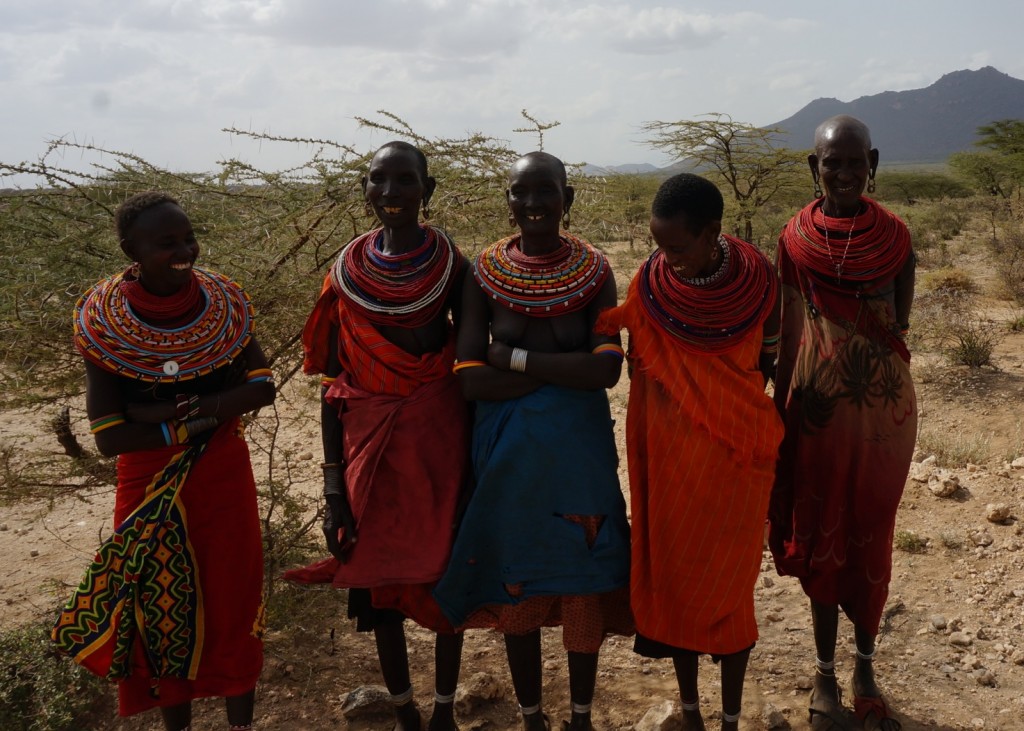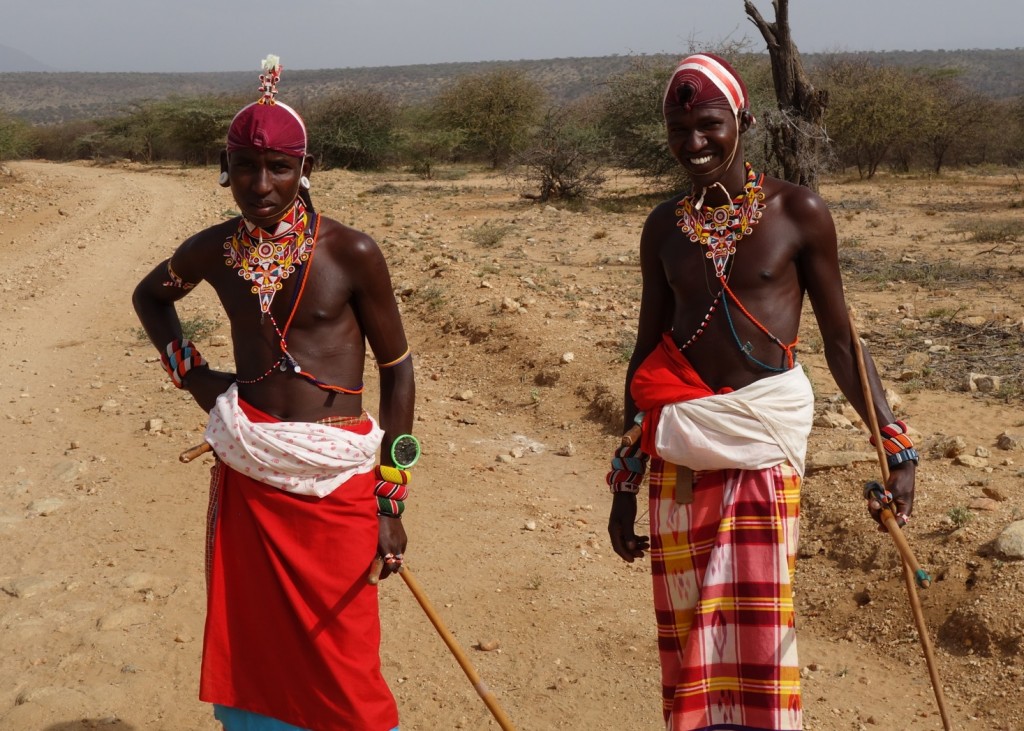“Our bead program gives these women dignity and hope,” Celina said, eyes blazing as we discussed NRT Trading’s bead and micro-finance program over a cup of coffee in a Meru café. “Once they reach maturity, the girls are circumcised and married off by their fathers in exchange for cows and goats. They enter homes that are ruled by the men. They are powerless. When they join the bead program we teach them about household finances, about business disciplines and about the outside world. We give them a way to get together with other women to make money and to gossip. What they earn they use to buy food, to help pay the education fees for their children and to earn respect from their husbands.”
OK, hold on a minute, back up: Circumcised? Female genital mutilation (FGM)? I thought that was illegal in Kenya.
Celina arched her eyebrows and gave me a “you need to get real, girl” look. “People don’t talk about it as openly anymore,” she explained, “but it still happens all the time. It is deeply embedded in the culture of the pastoral communities.” It was clear that Celina didn’t approve but also that it was a battle she was choosing not to fight. When a girl starts menstruating she is prepared for marriage and motherhood; that process includes “circumcision” (technically a clitoridectomy). An uncircumcised woman is viewed as less desirable and will not fetch as handsome a bride-price for her father. There is tremendous pressure to conform.
As it turns out, in these communities circumcision is the ritual that marks the passage from childhood to adulthood for both boys and girls. The men talk openly and matter-of-factly about it: it is a rite of passage they remember clearly and that marked a critical point in their lives. Uncircumcised boys stay home, at the “manyatta,” with their mothers and tend the goats. At about 14 or 15, when they reach maturity, they are circumcised, become a warrior – a Moran – and join the men. Their job is then to follow and protect the herd. They will eventually marry, have children, become elders and help govern the community.
John and I watched a video at the Kenyan National Museum of a boy’s circumcision ceremony. There was a lot of dancing, chanting and body paint. Then the main event: I closed my eyes when the boy dropped his pants and an elder approached him wielding a large machete. Ouch! I had a glimpse of understanding of why the men probably didn’t consider the girls’ experience to be dramatically different from their own.
Cultures all over the world celebrate the passage from childhood to adulthood. As a parent who didn’t have the benefit of a religious prerogative – Bar Mitzvah, Confirmation, Eagle Scout – I remember wishing for a ritual whereby trusted adults could indoctrinate Richard and Marion into the responsibilities of adulthood and where they would be inclined to listen. High school graduation just wasn’t sufficient. It would be a ritual, however, that did not include sharp knives and body mutilation.



I enjoy reading your comments Anne. Cultures are a strange thing, sometimes good and sometimes bad. The traditions within cultures are part of what defines us whether we accept and adopt them into our lives or refuse to accept them. I know a family where the girls get to have pierced ears at 8, “heel” shoes at 13, shaving legs too, single dates with boys 16. This is all the girls regardless of their level of maturity. That is just what they do. I suspect that there were certain rits of passage you and john had for your children if you look back and with you and your sibs at home with your parents.Just because ther are rituals and rits of passage doesn’t make for the maturity and responsibility expected in the child. It just takes time to grow up and a 14 year old in Africa and a 14 year in america are both 14. 😉